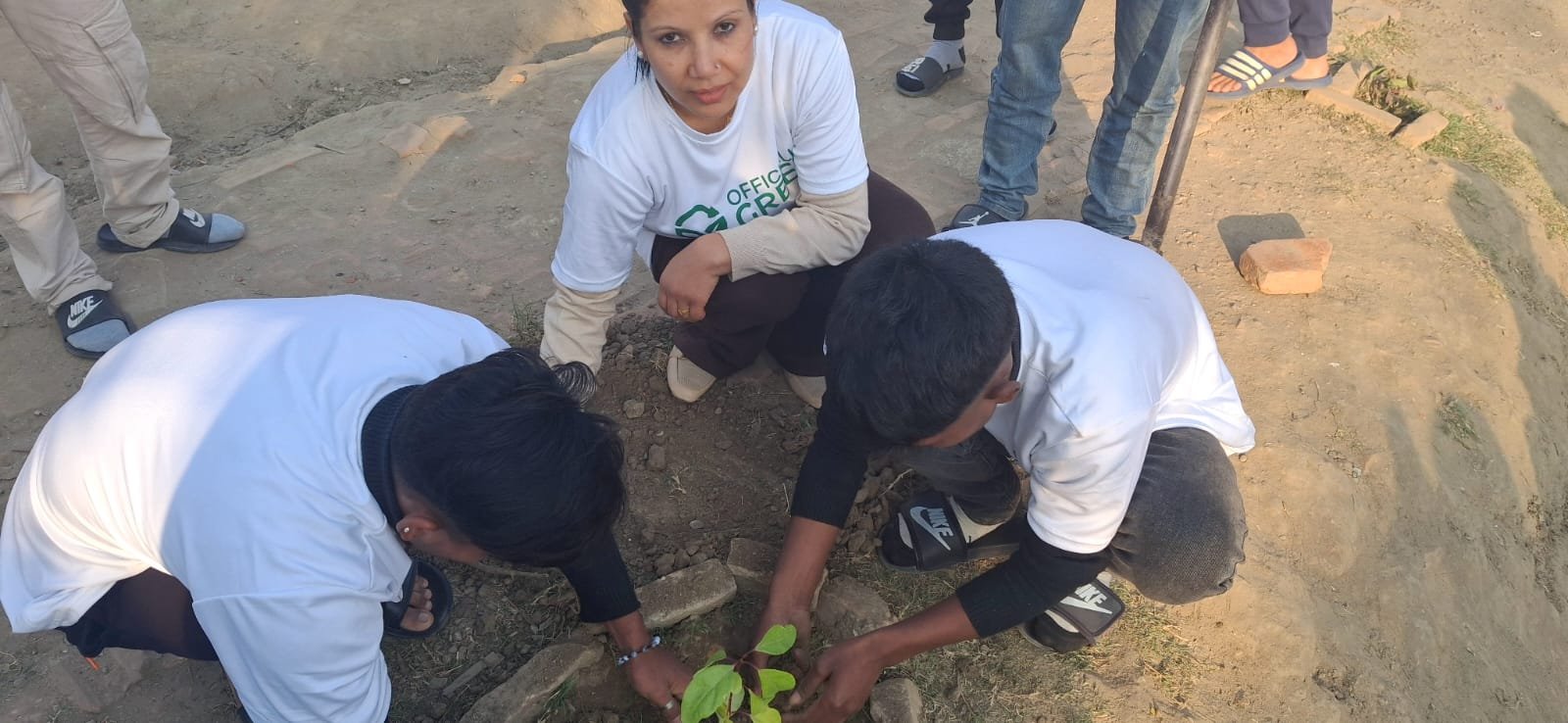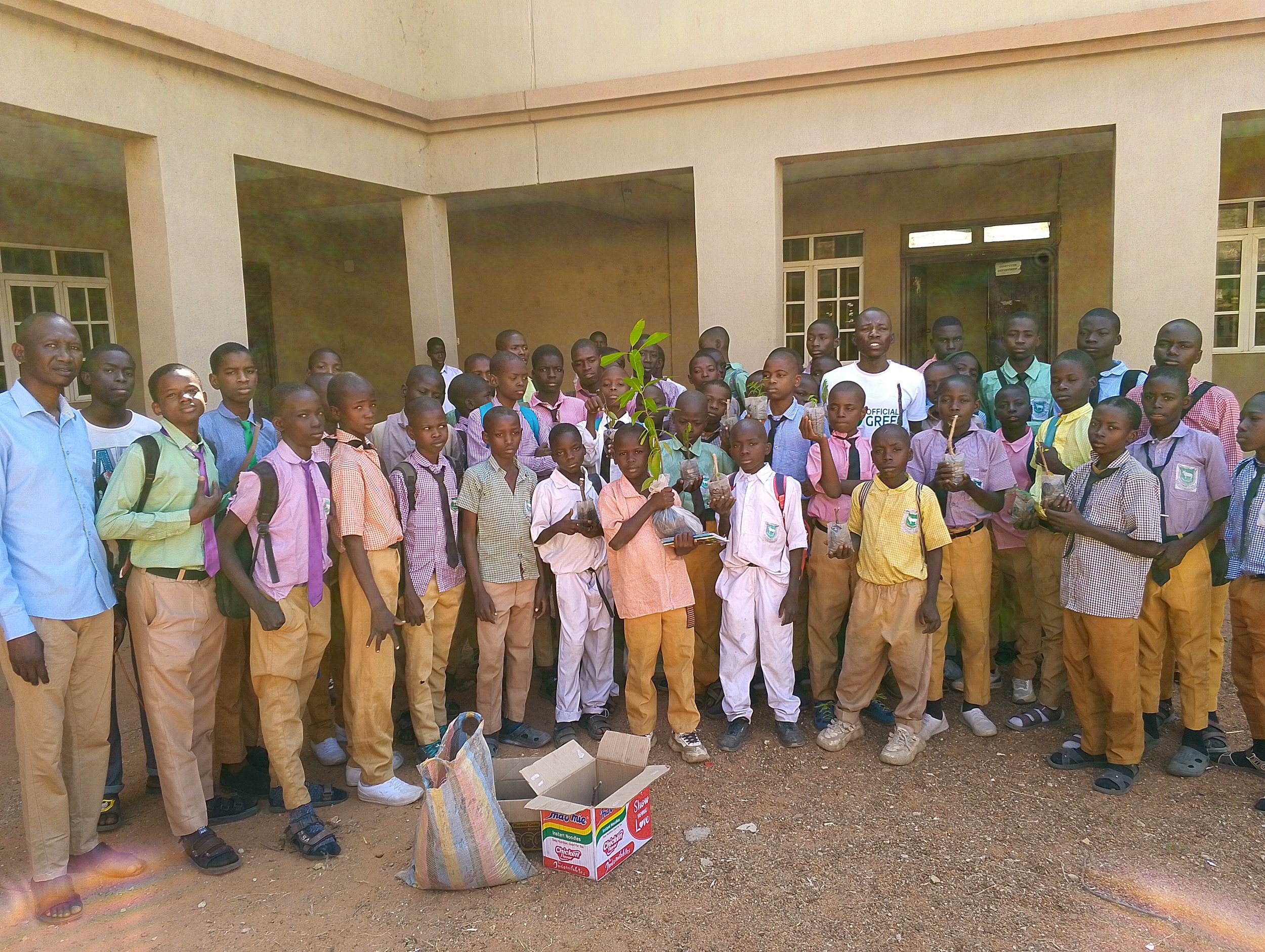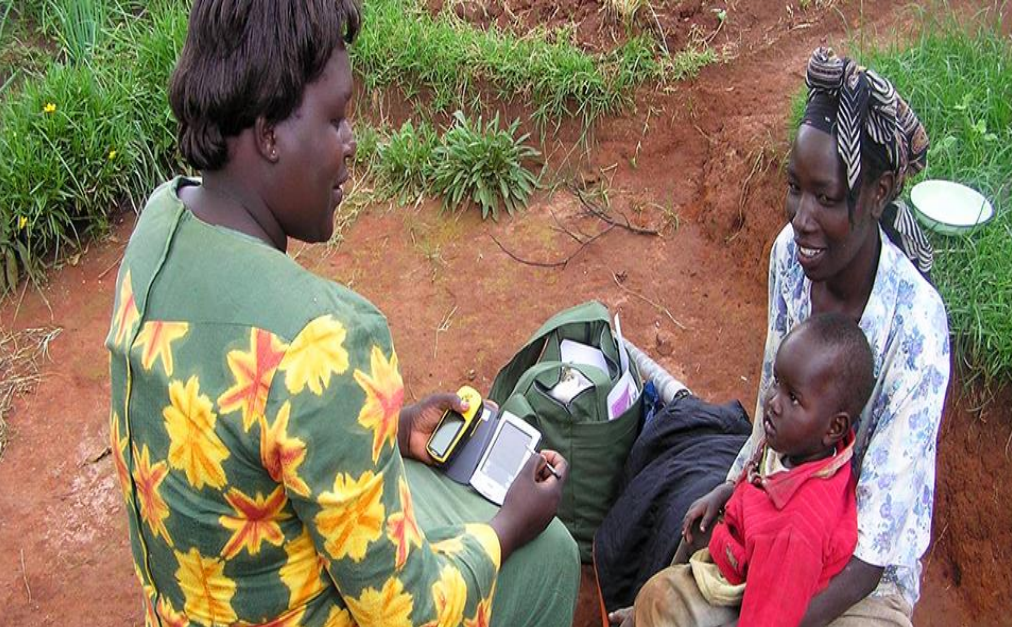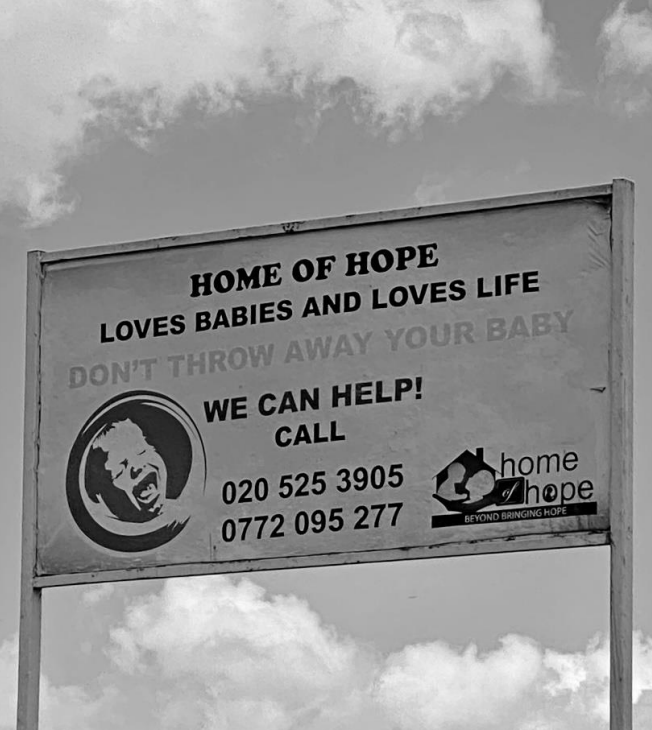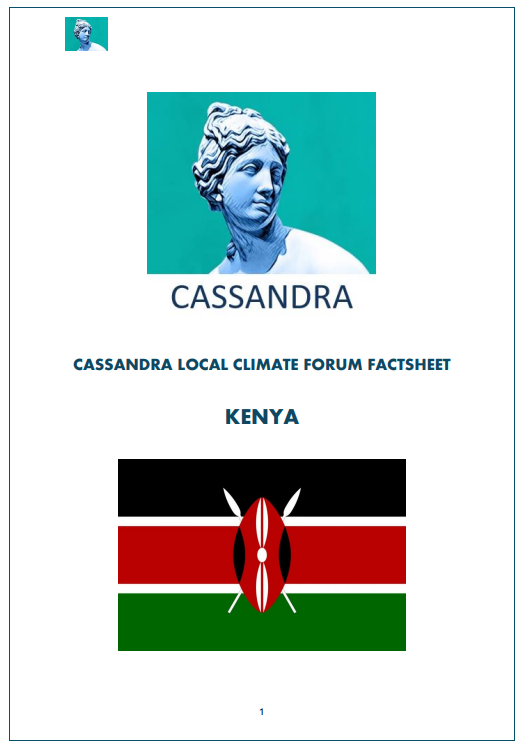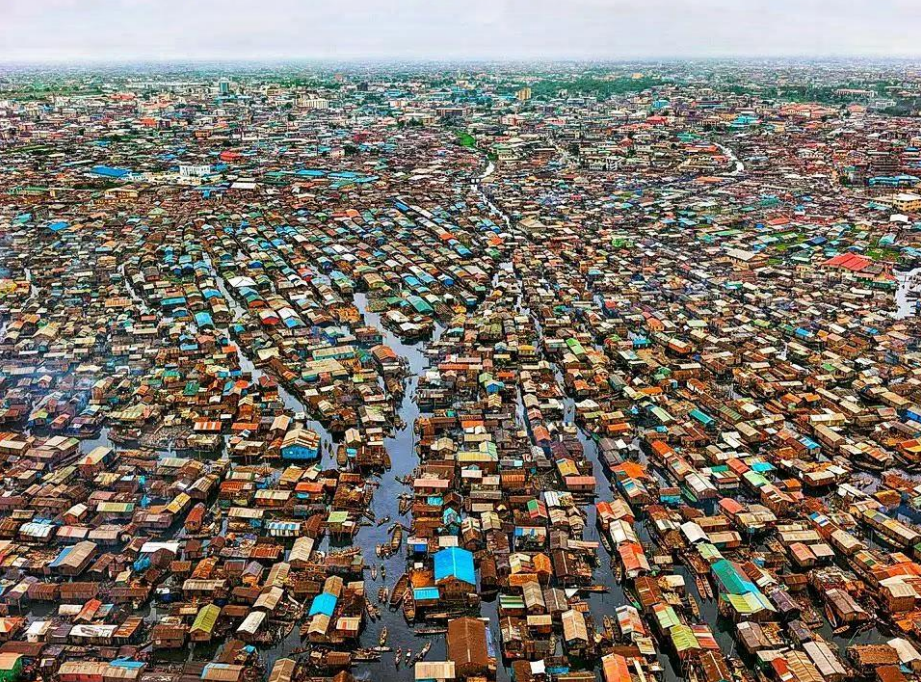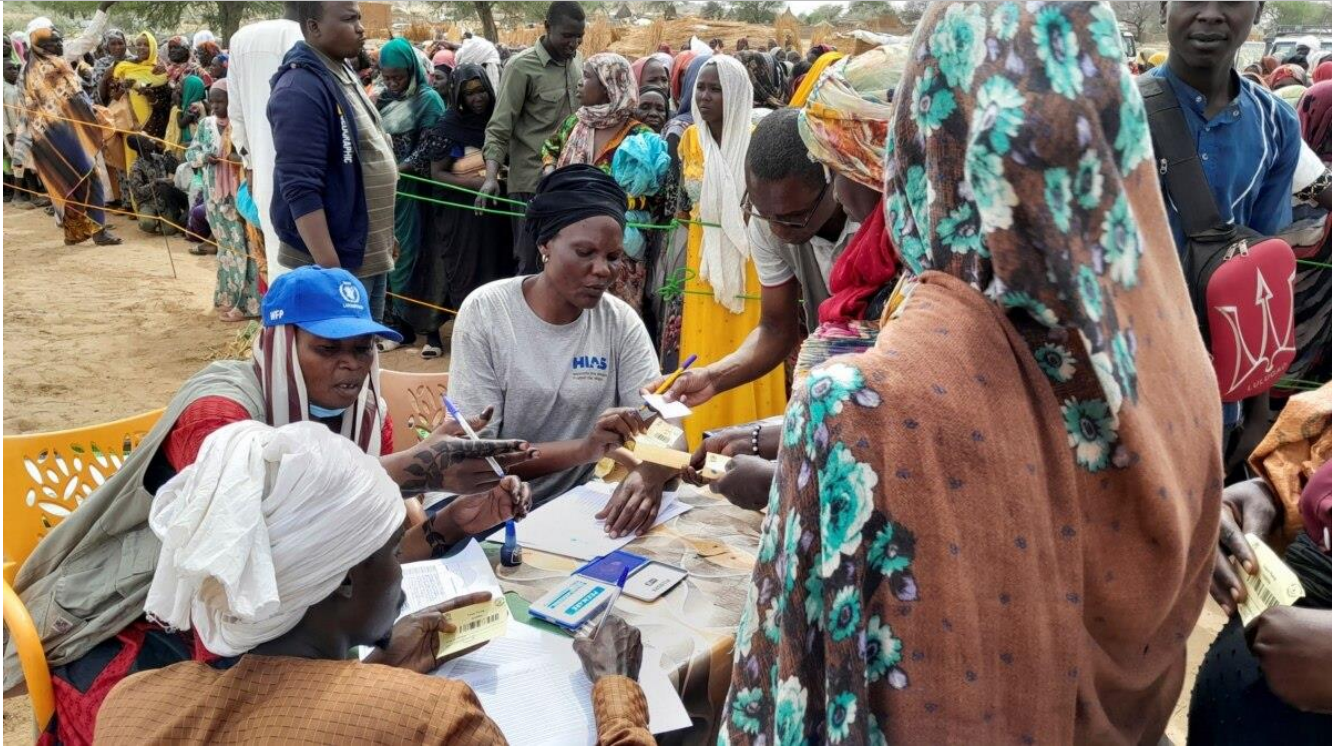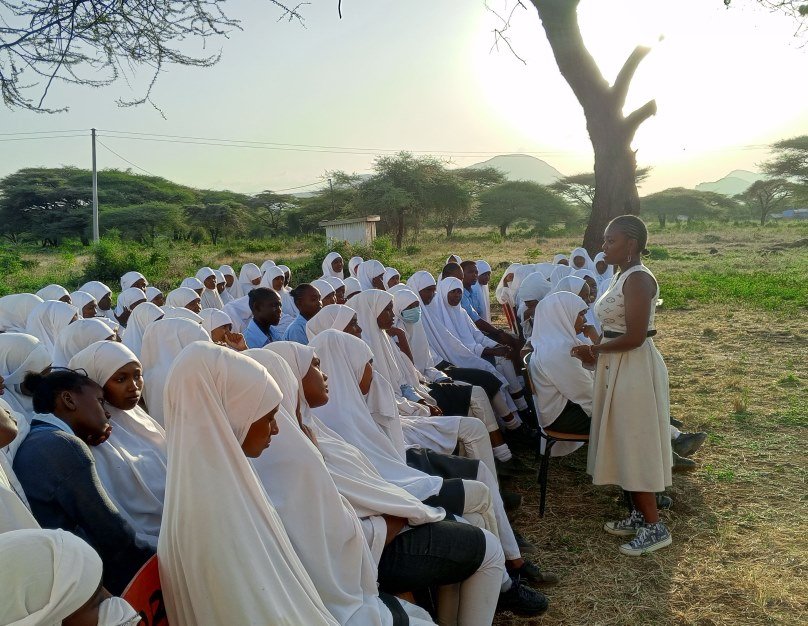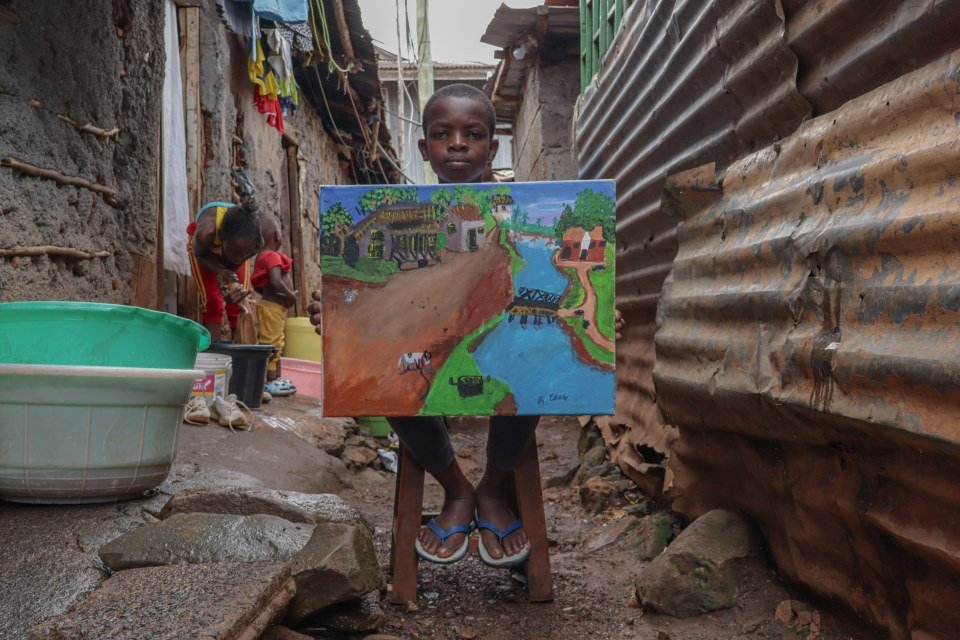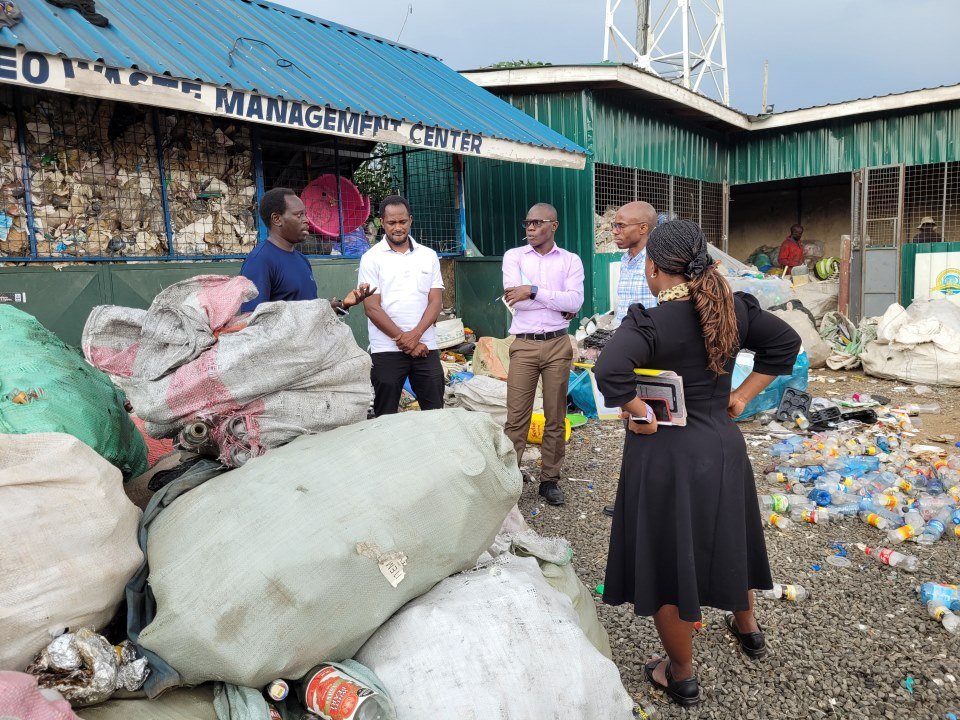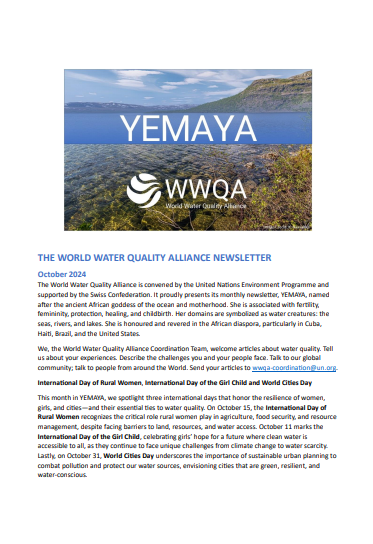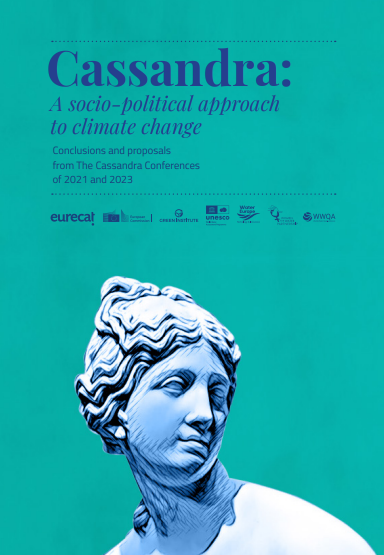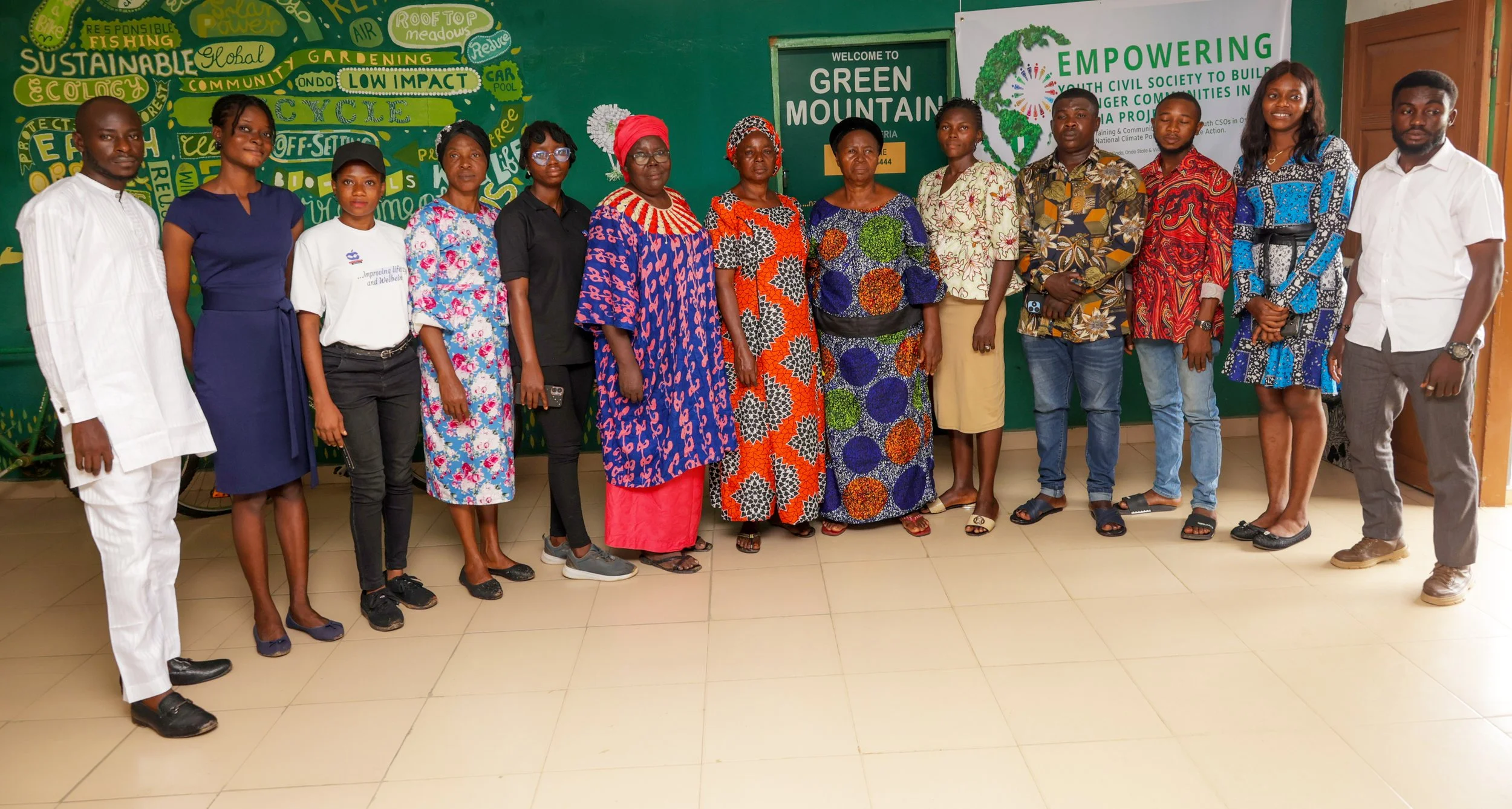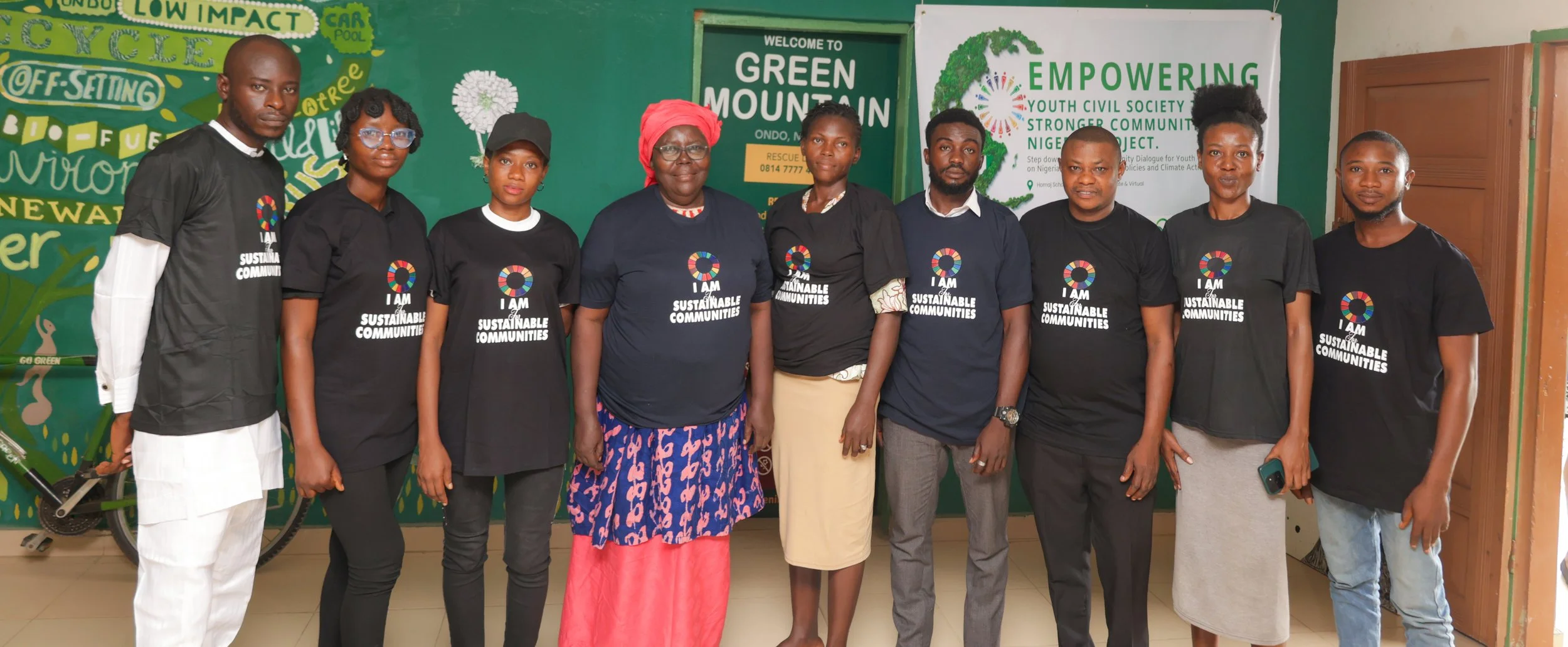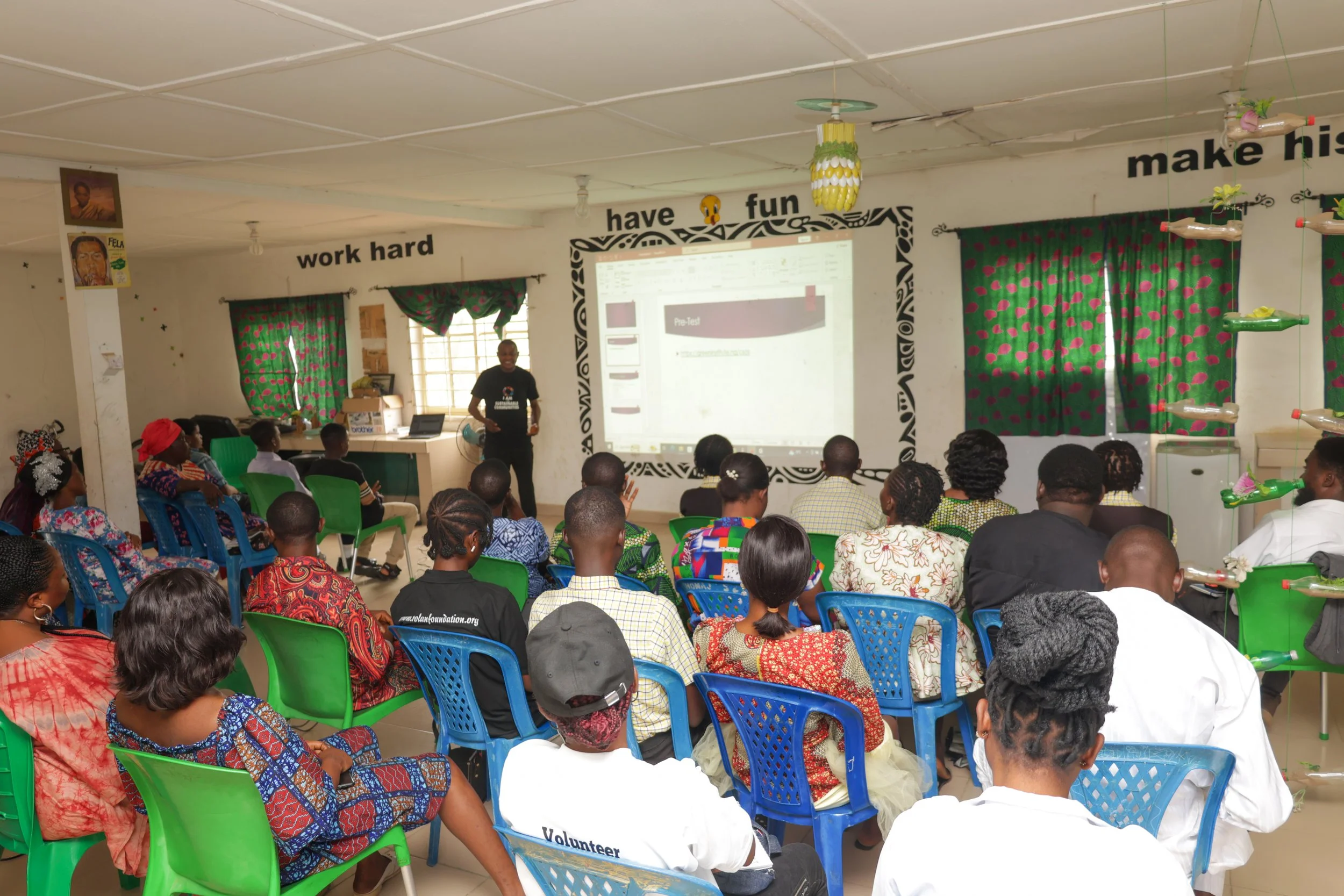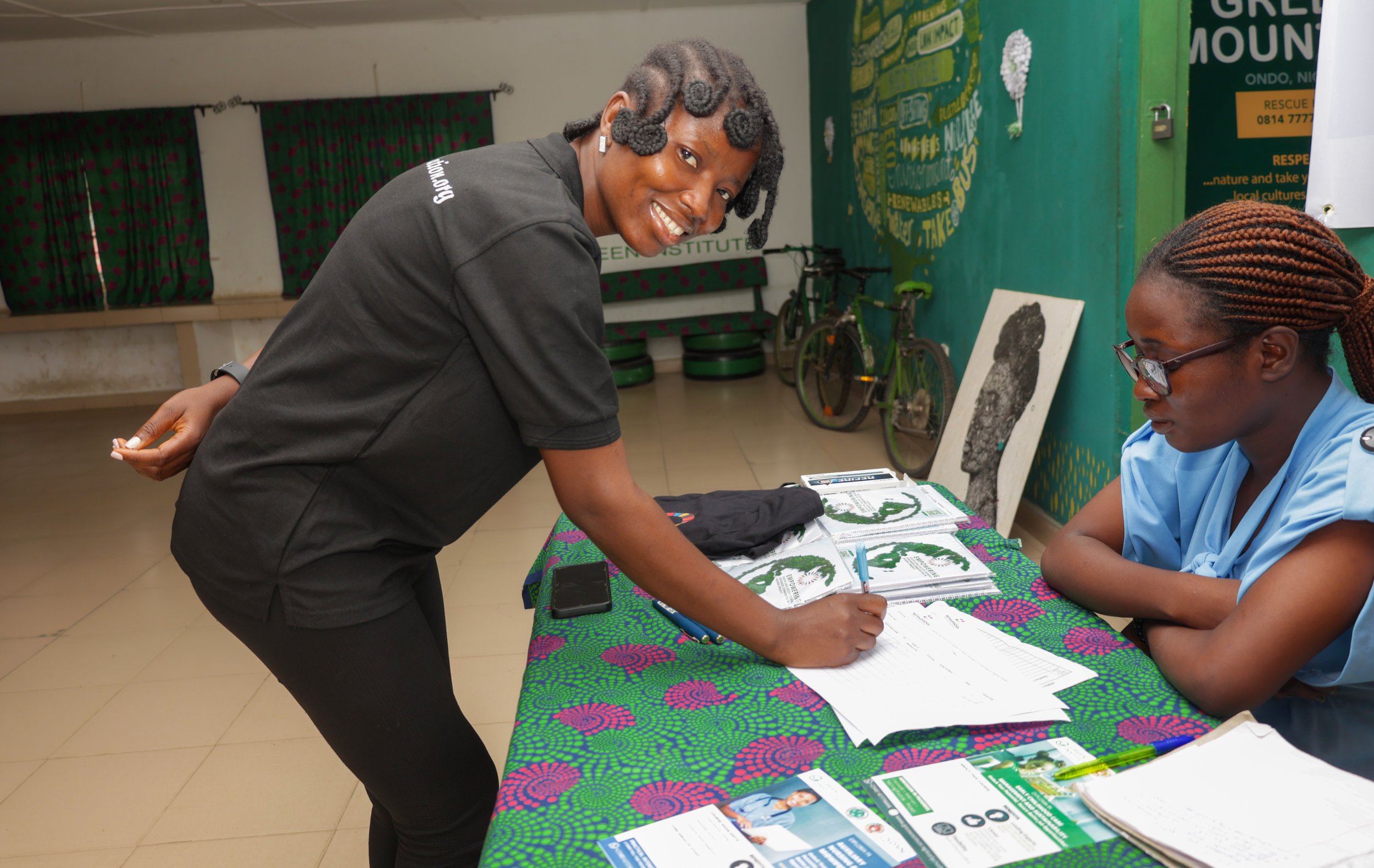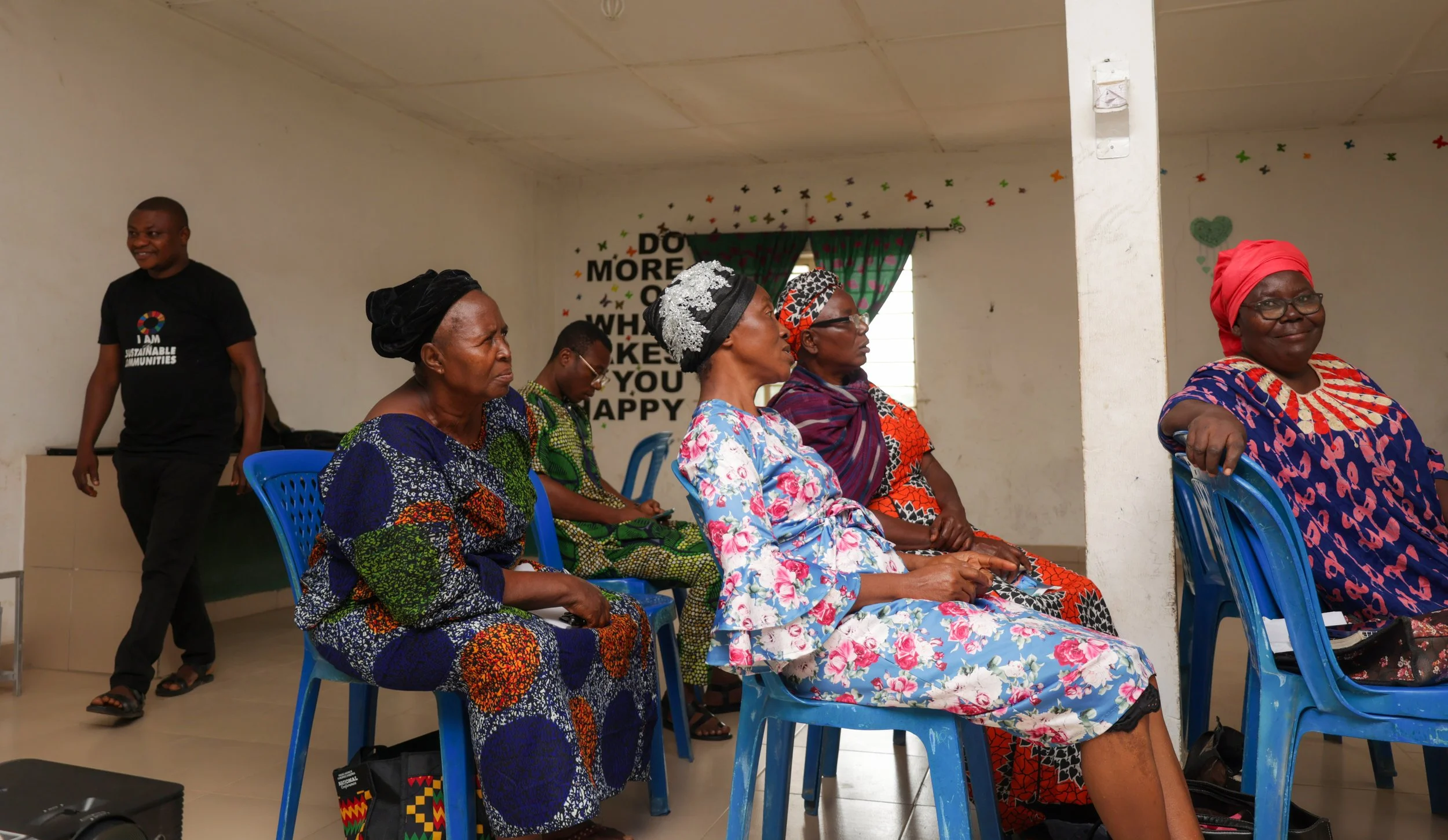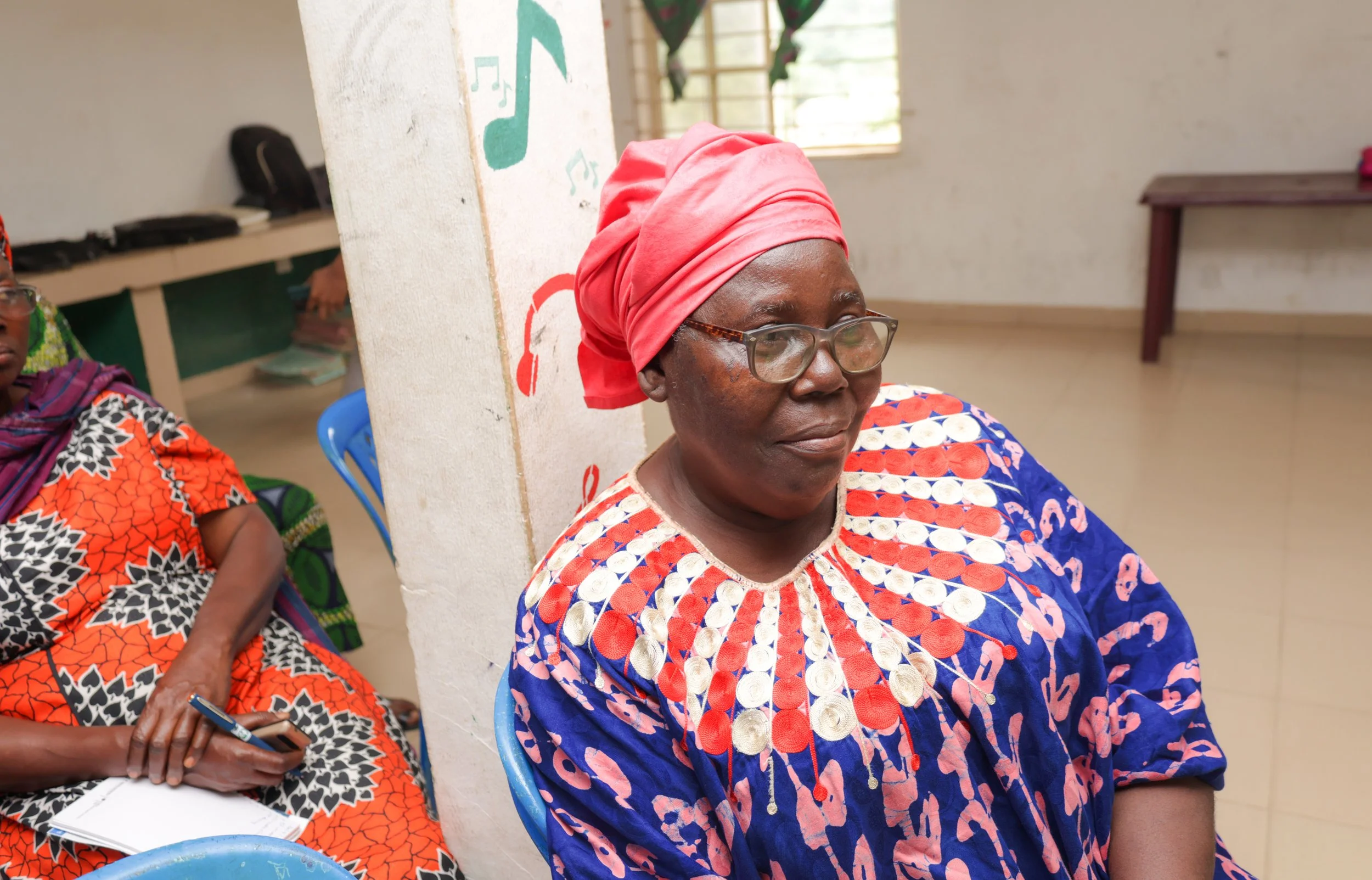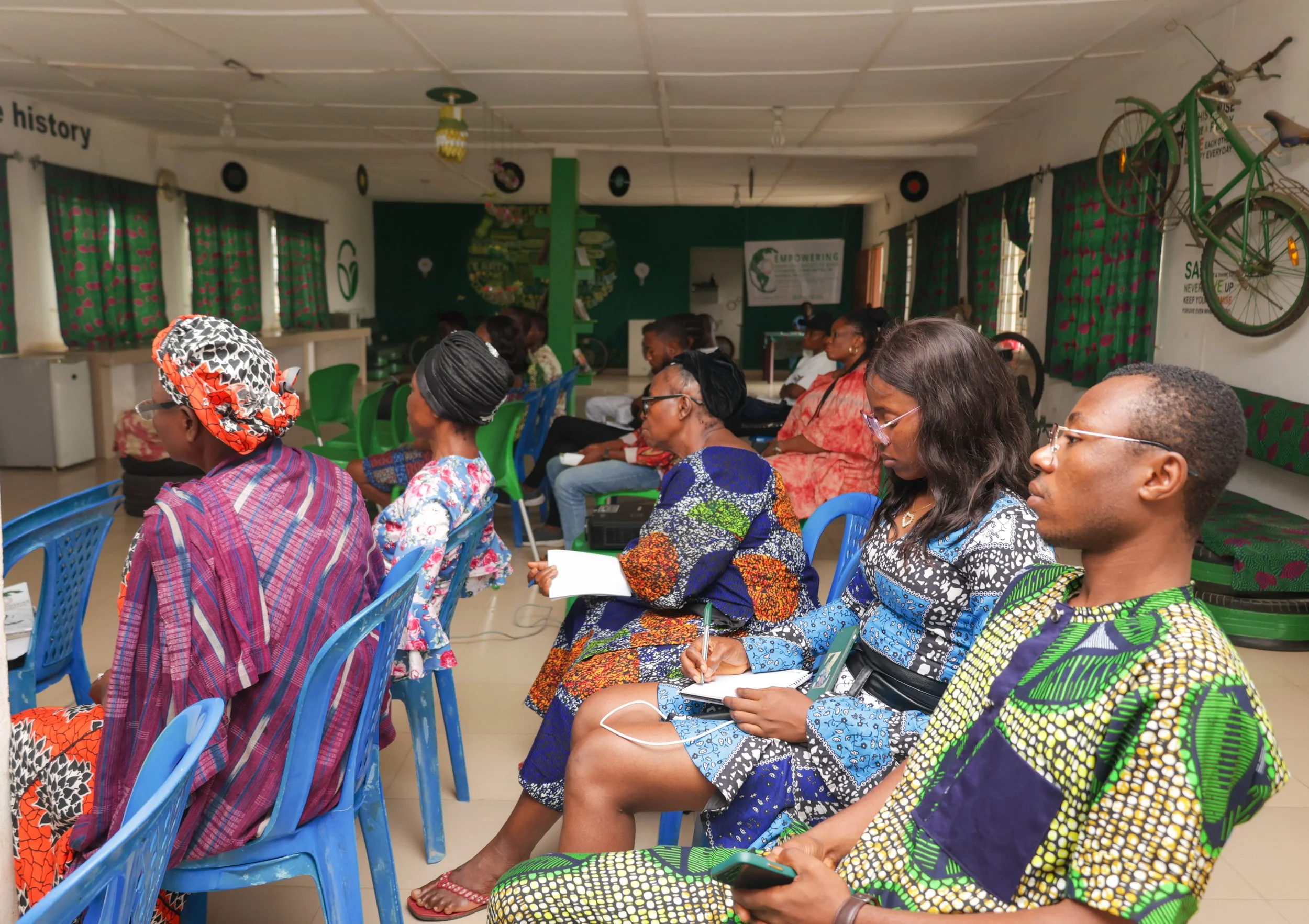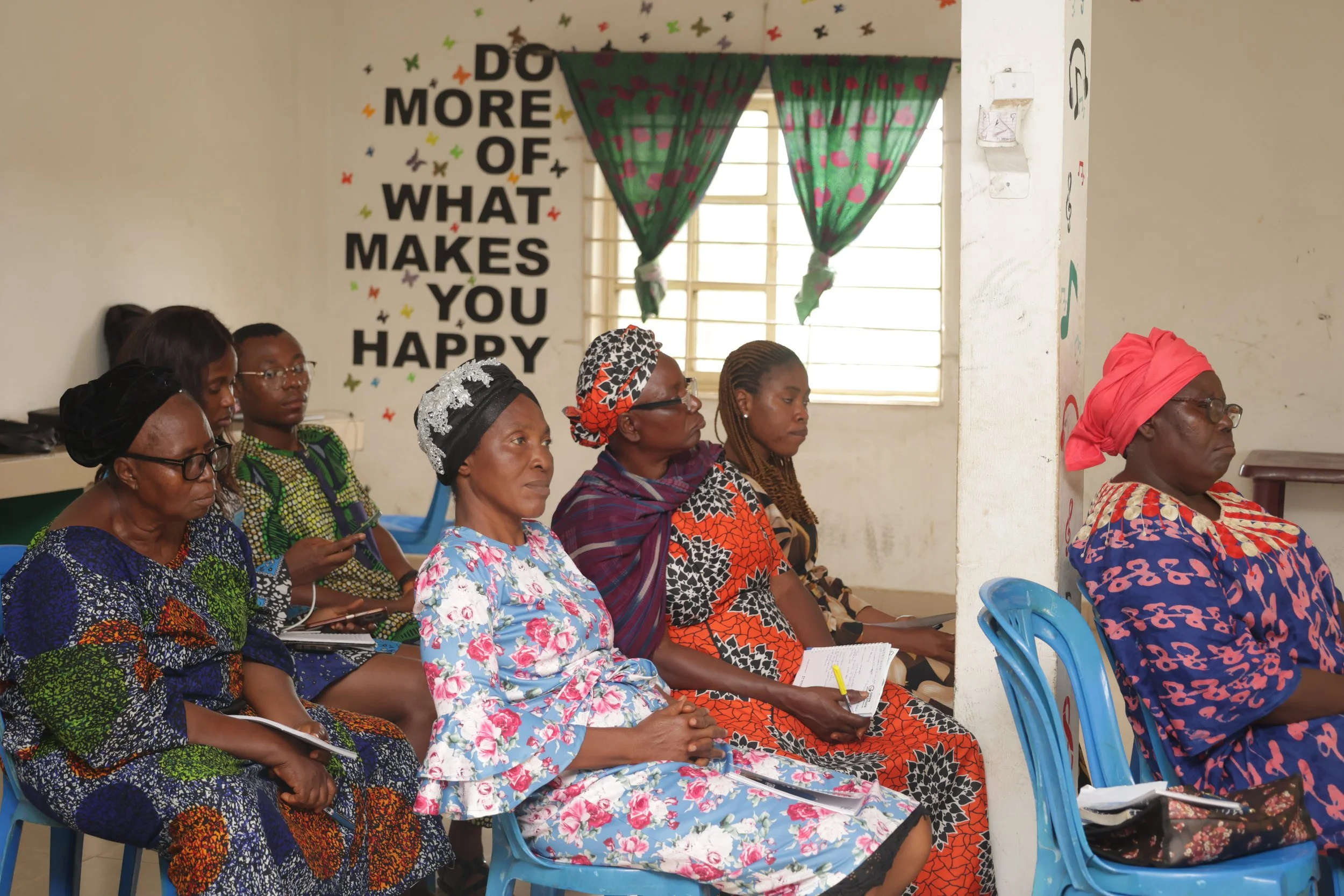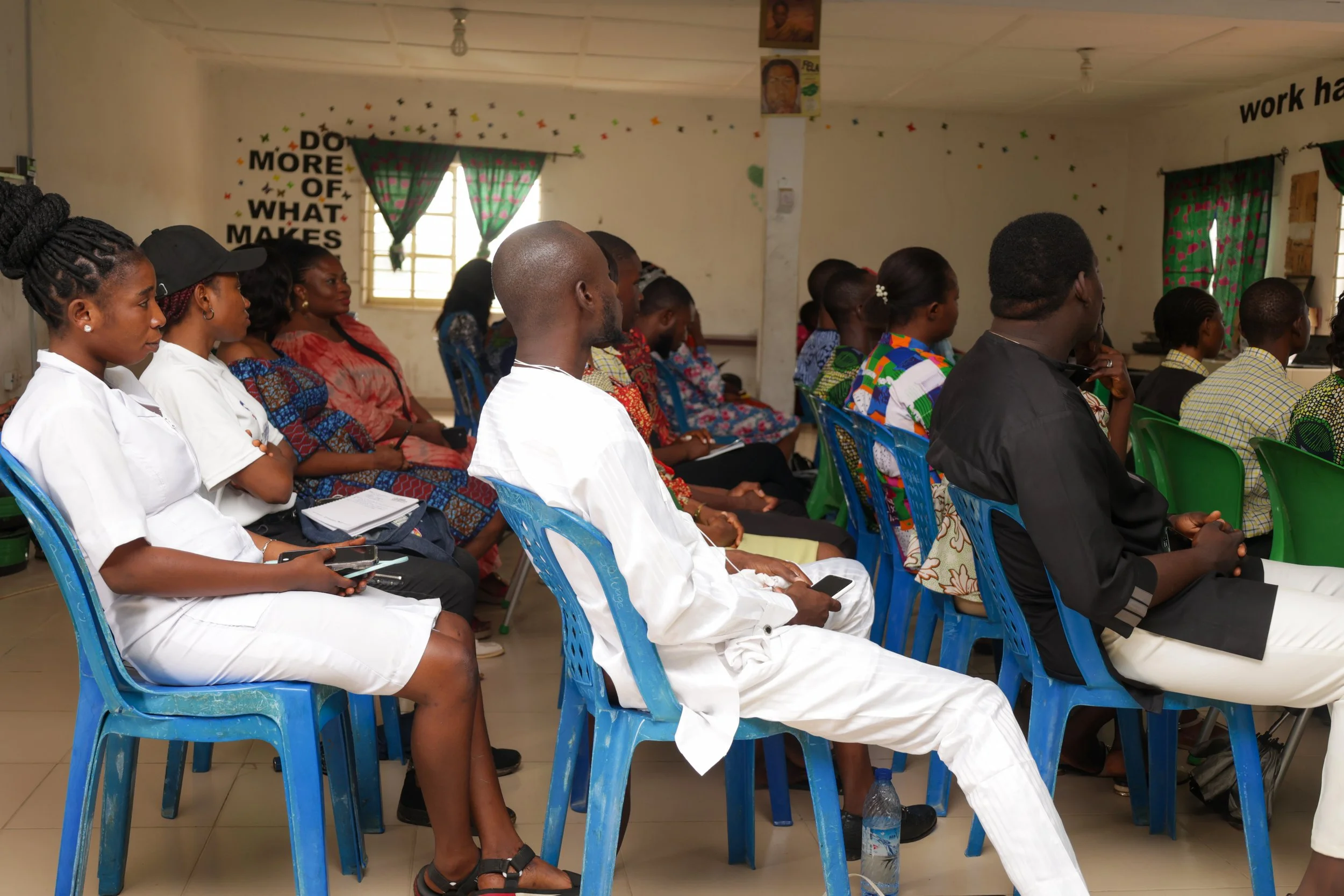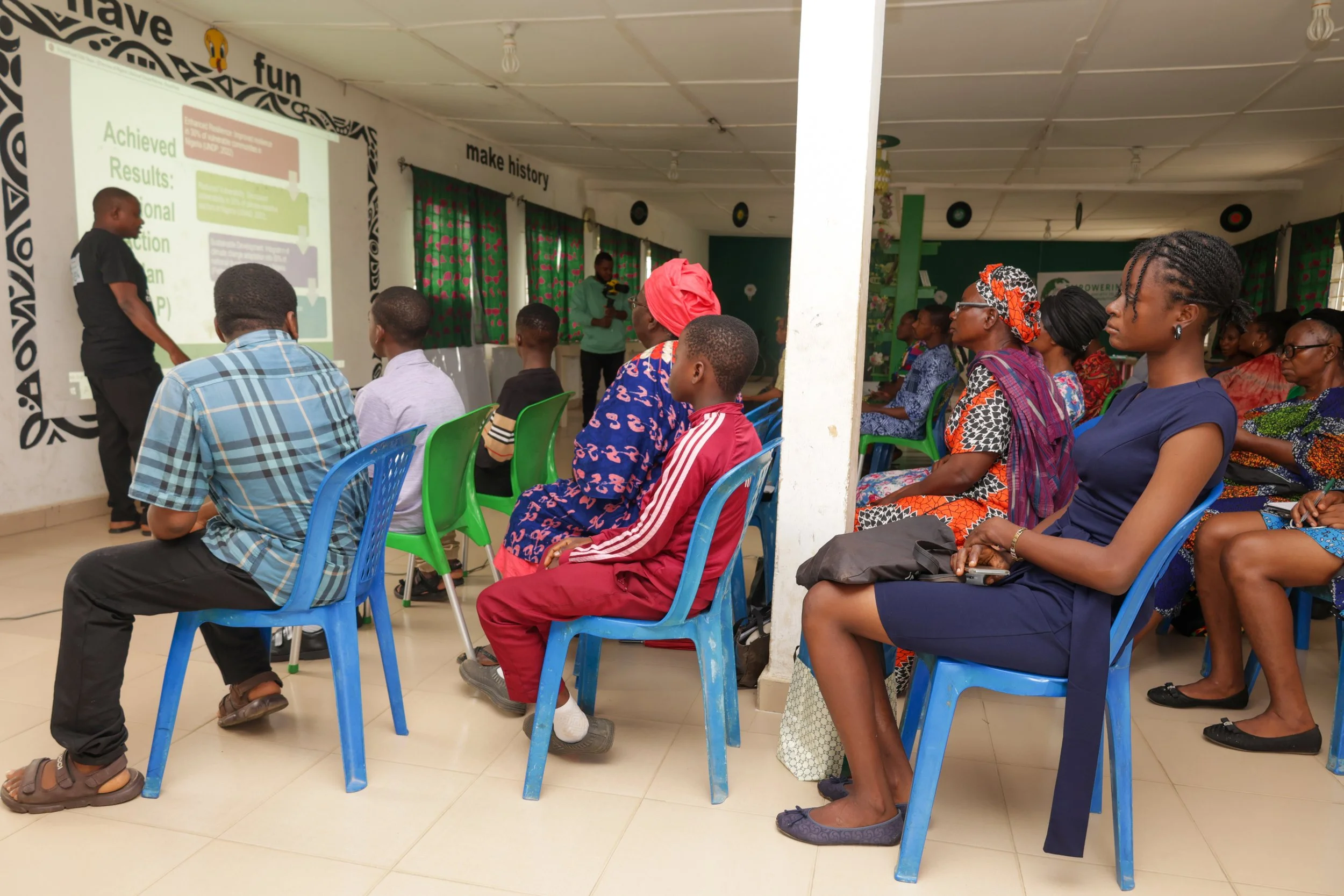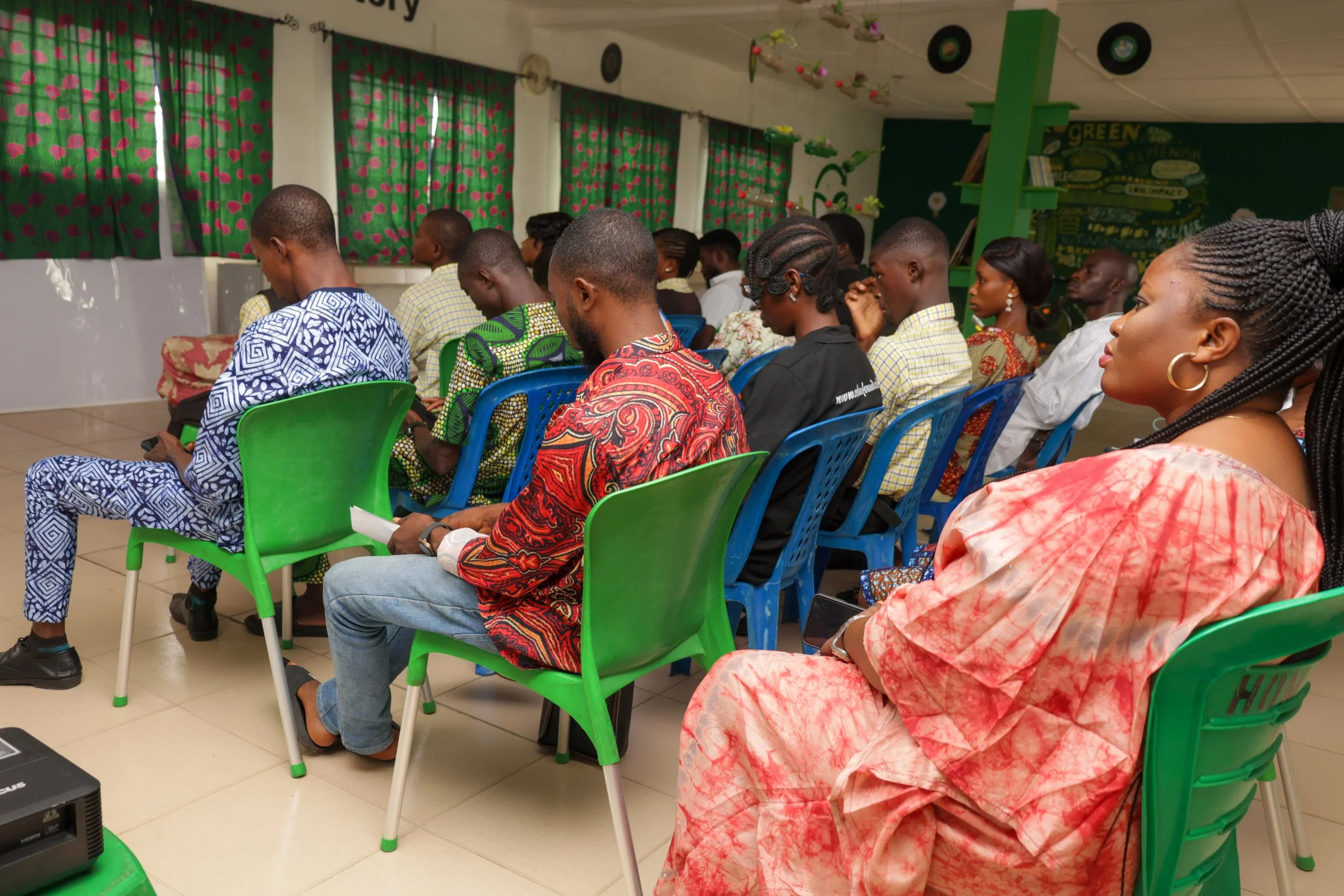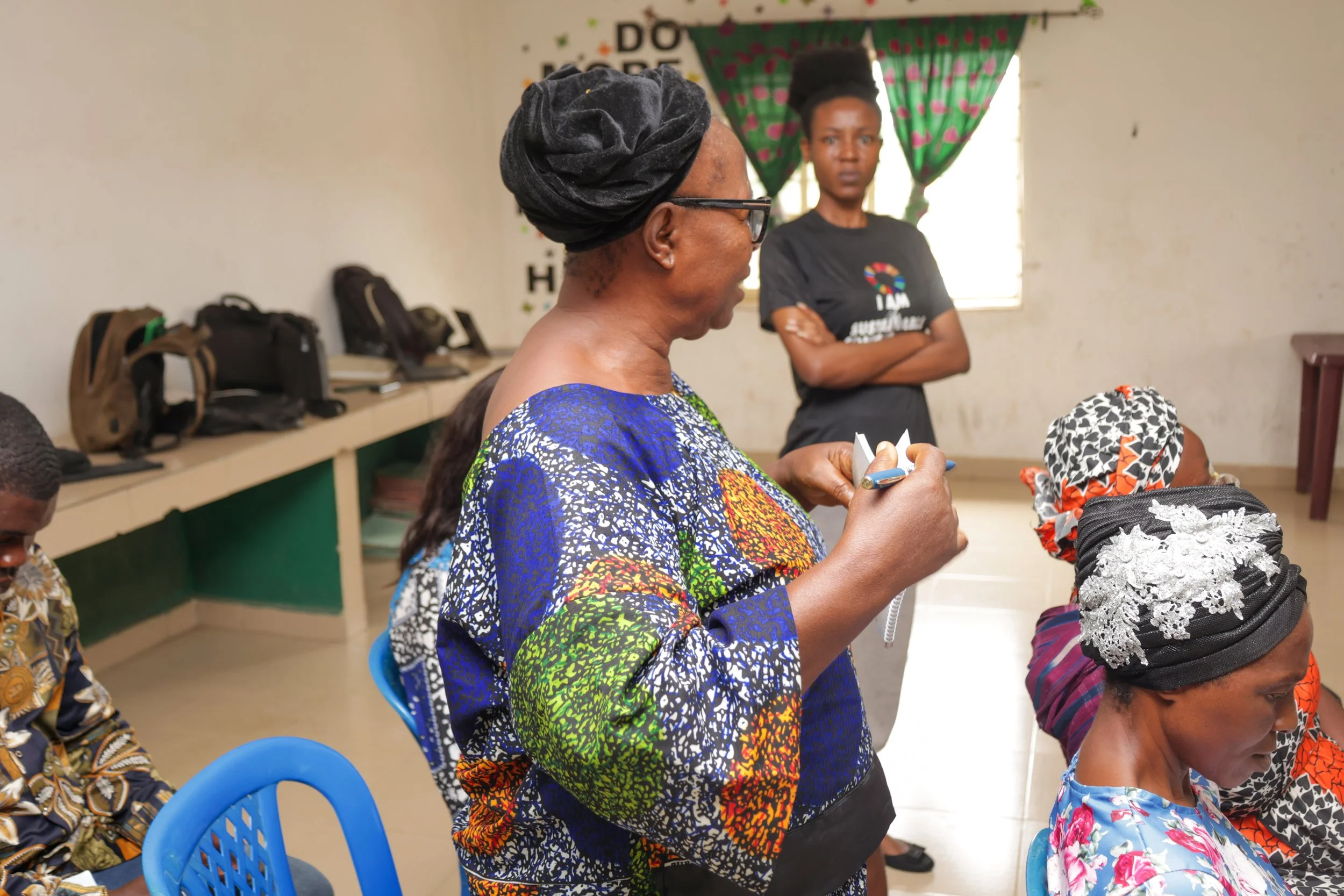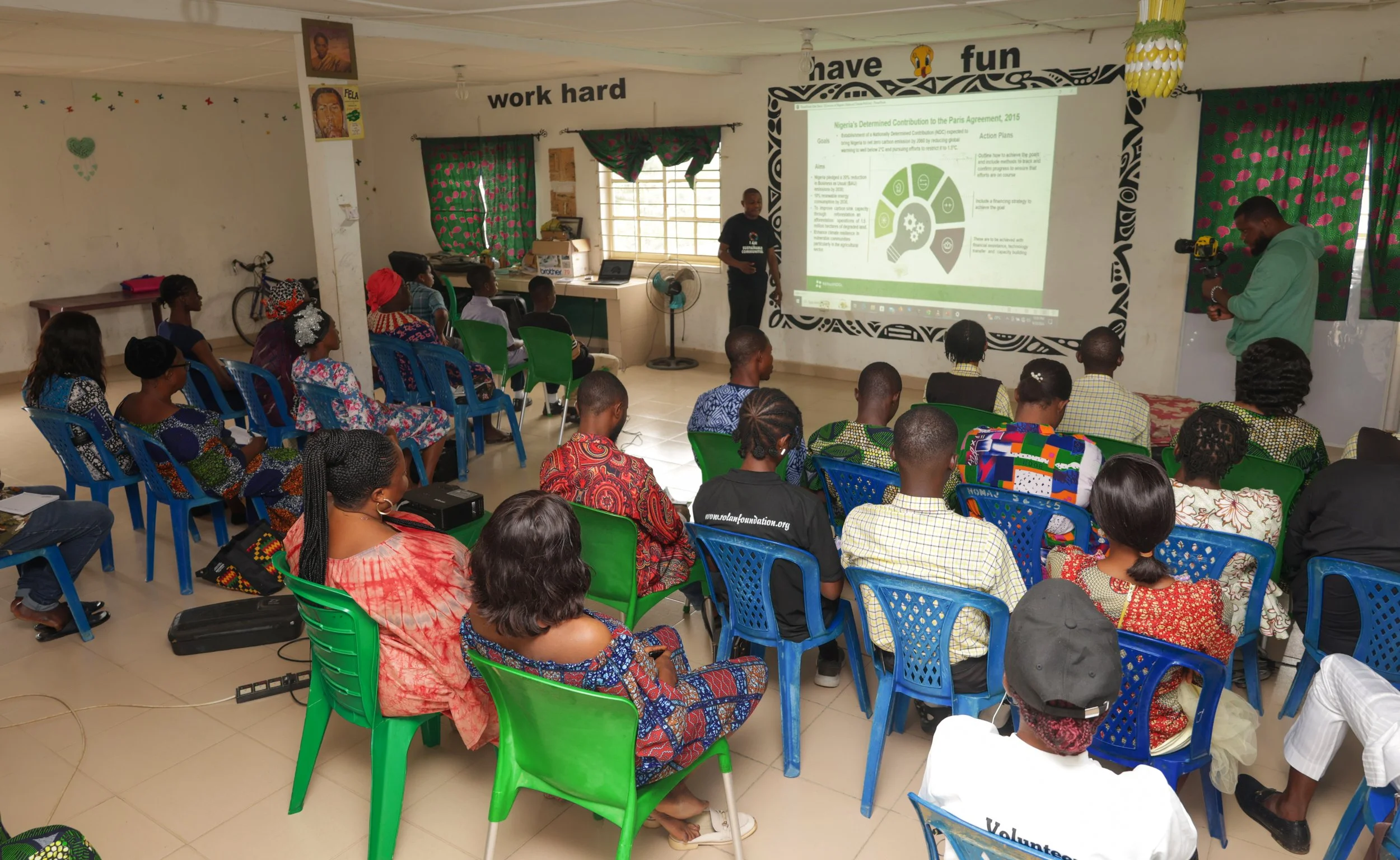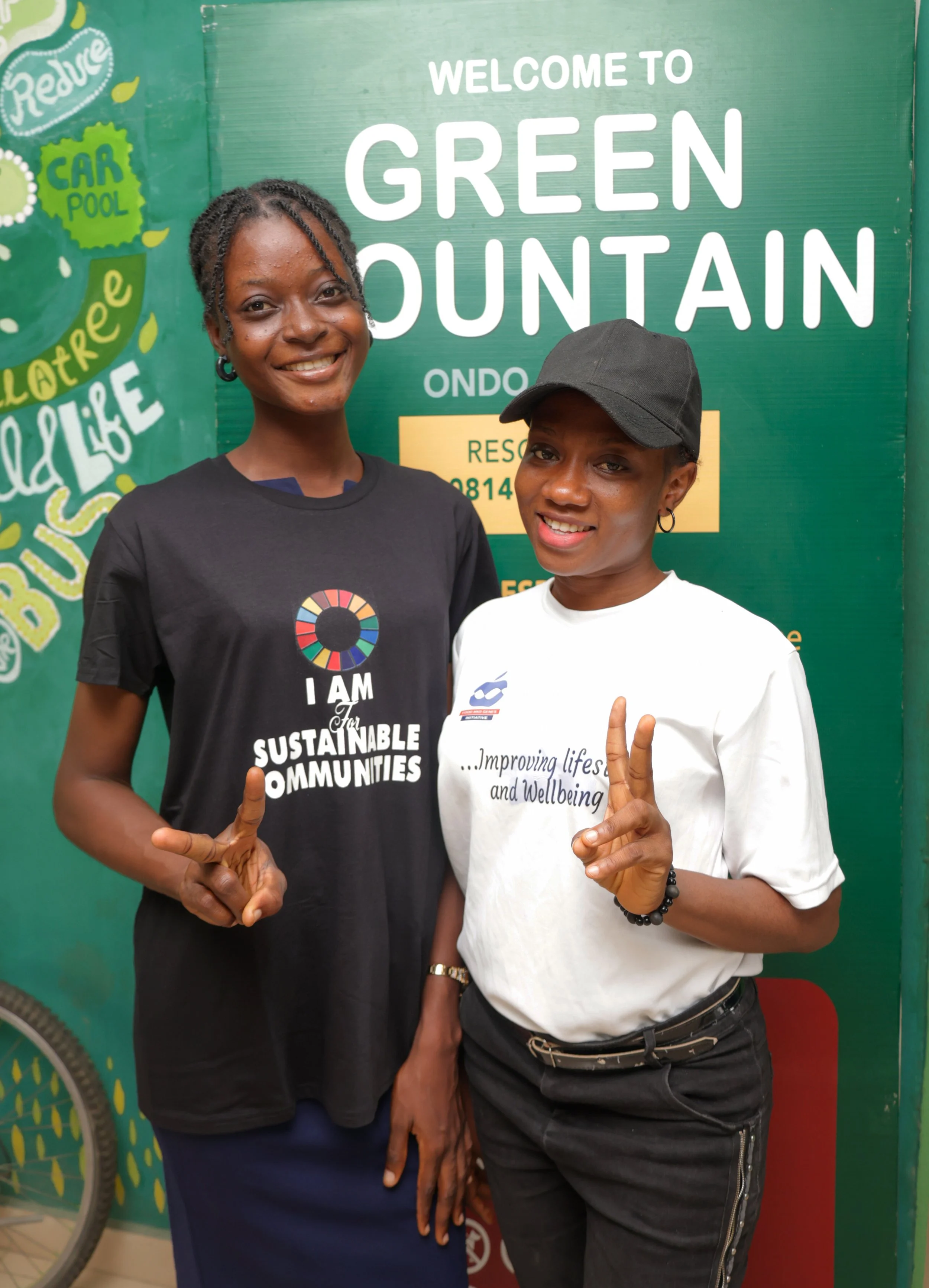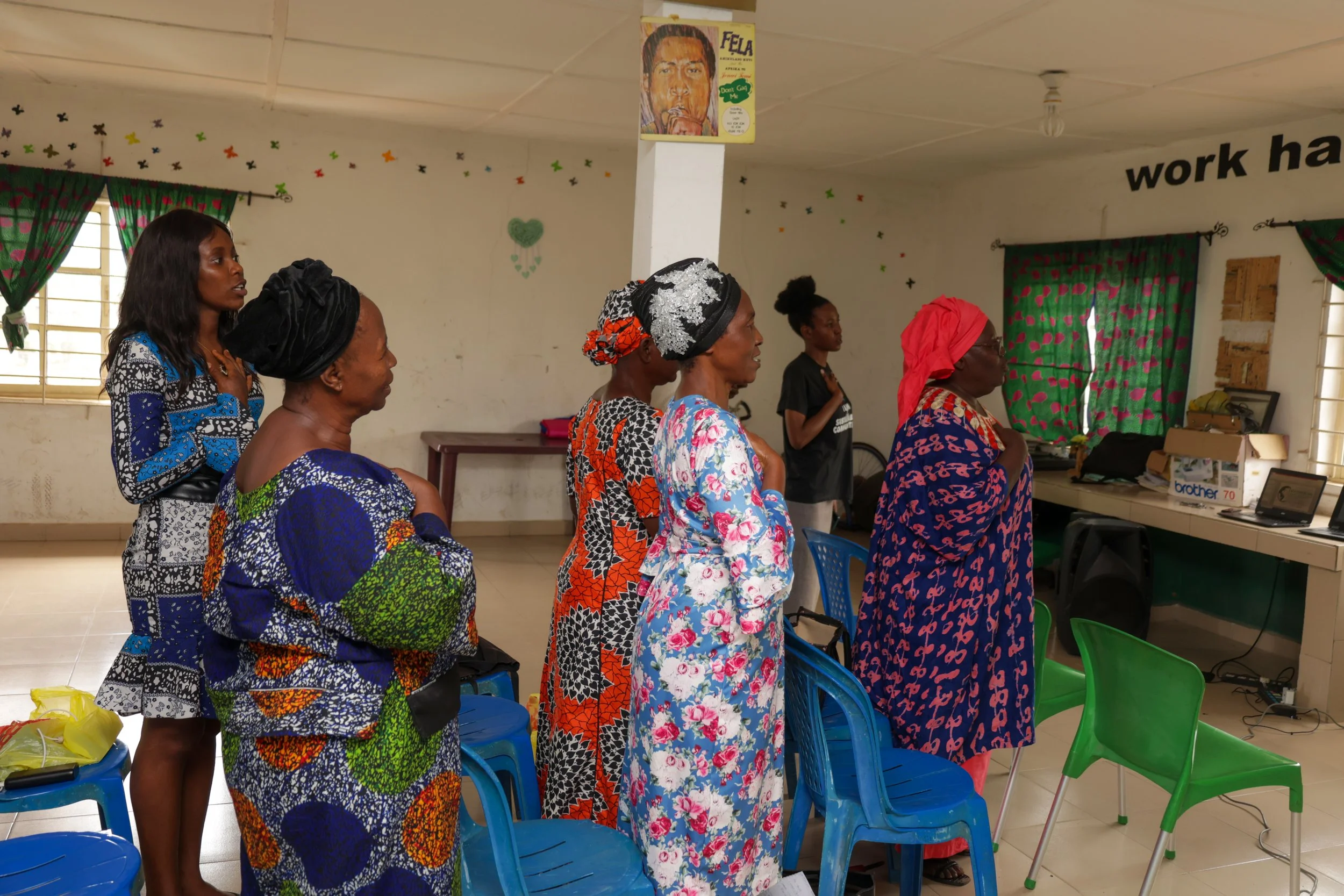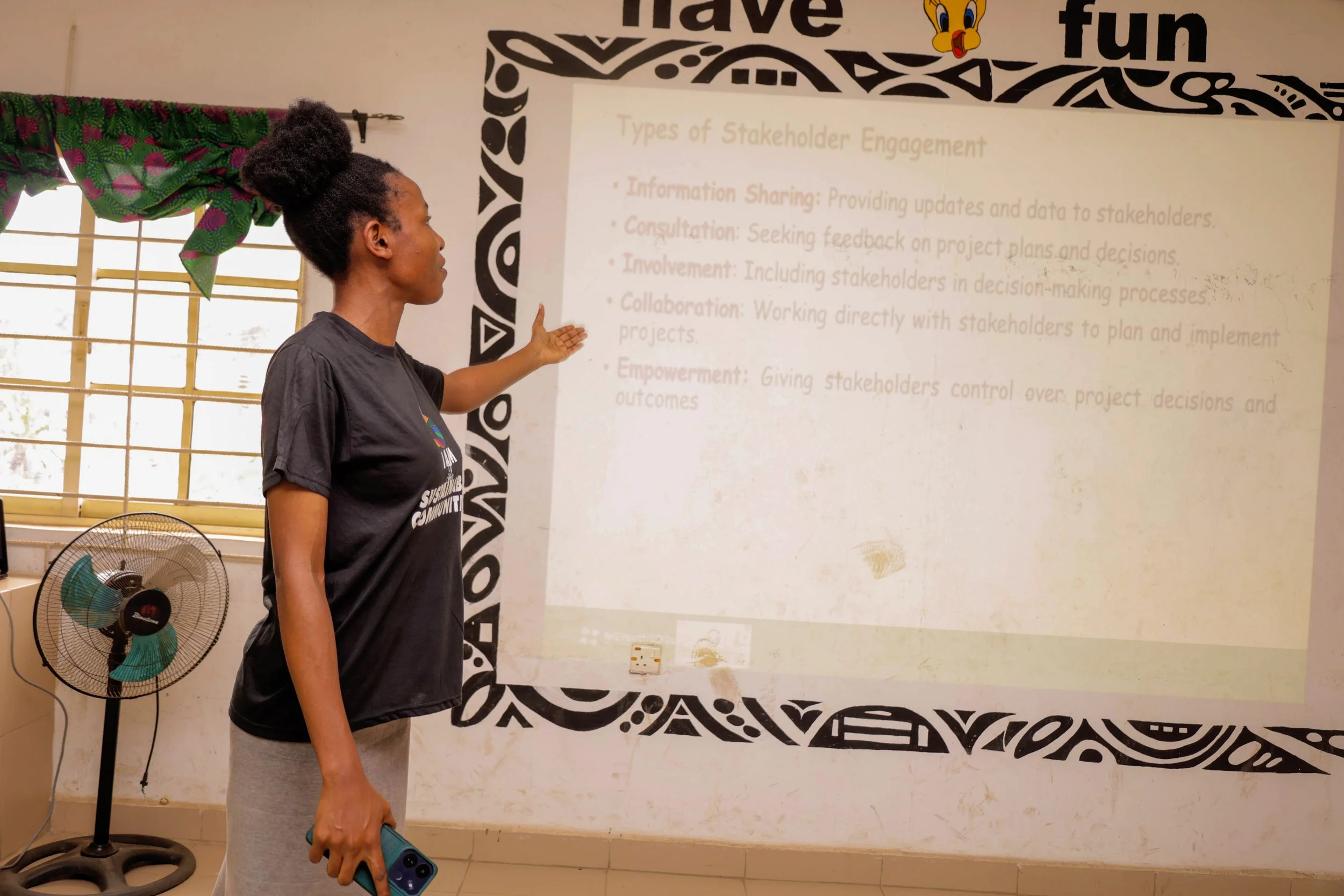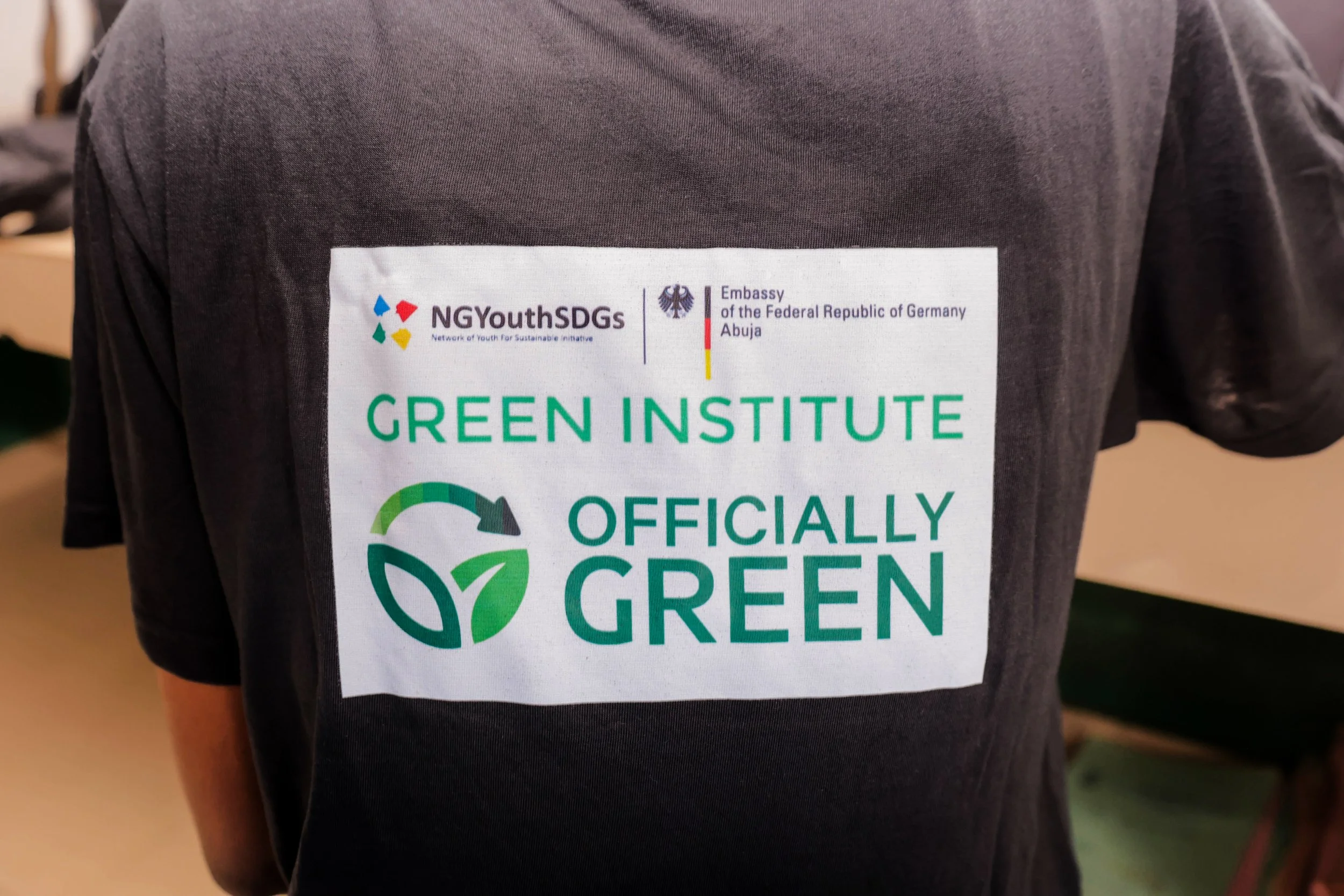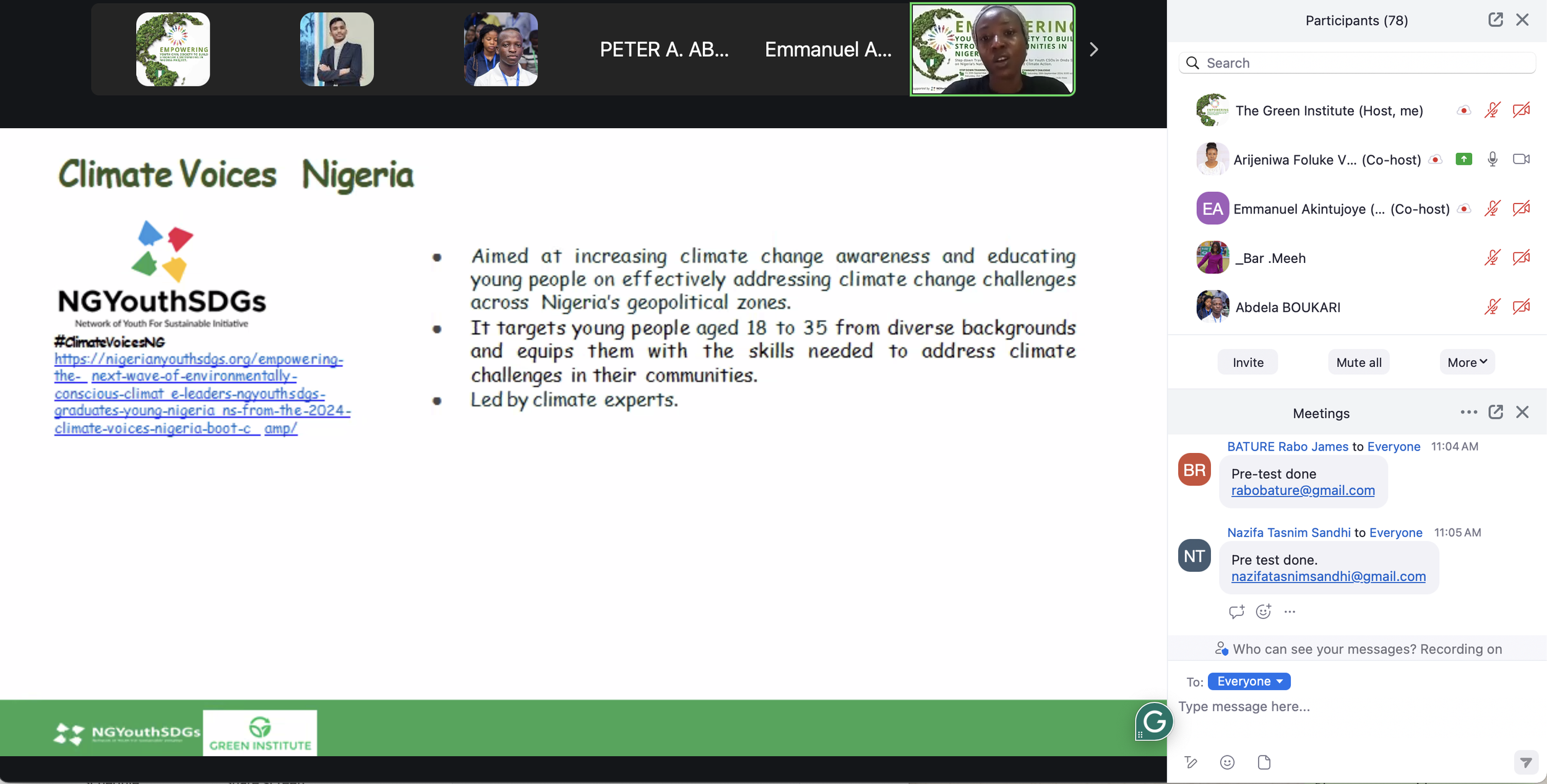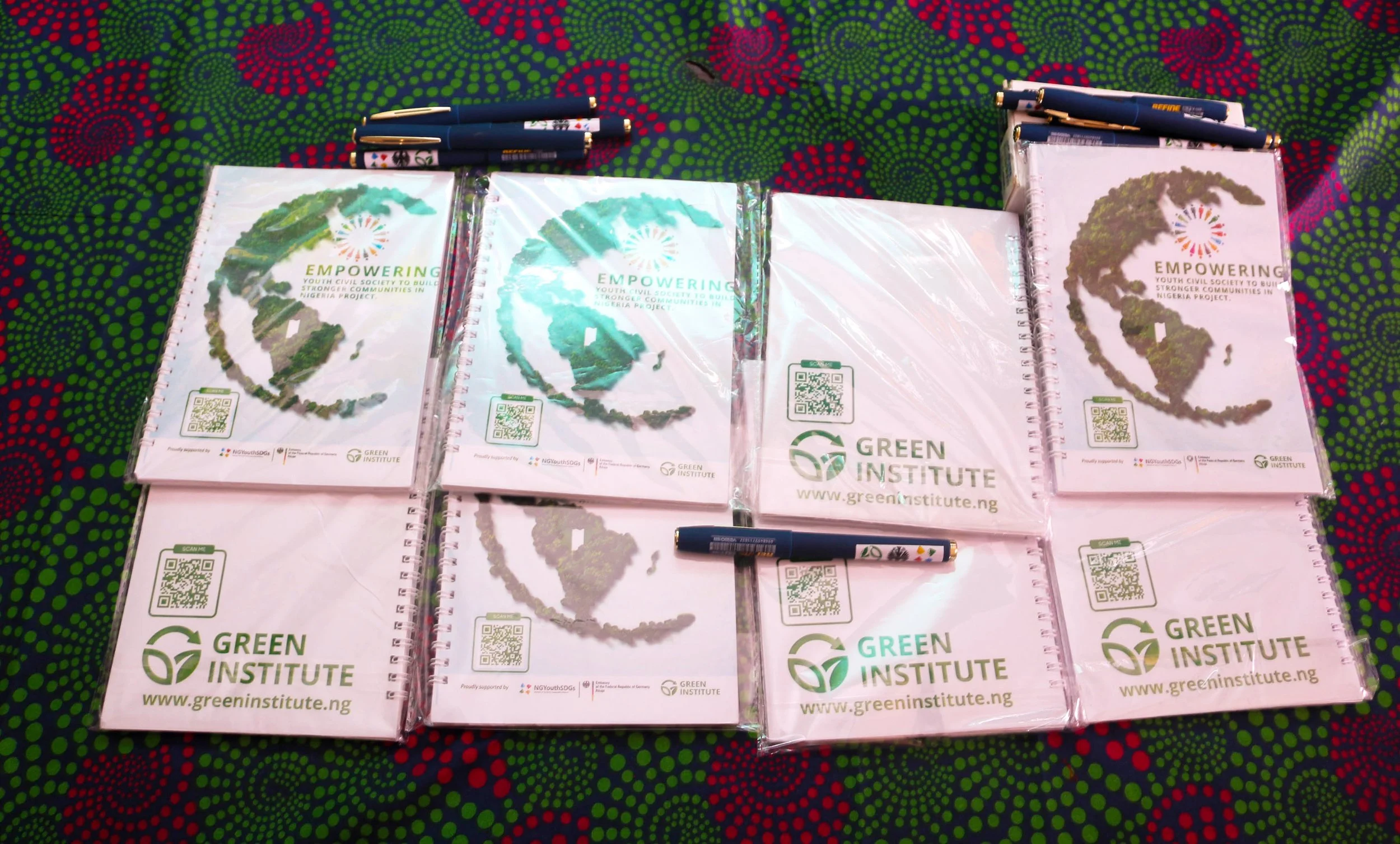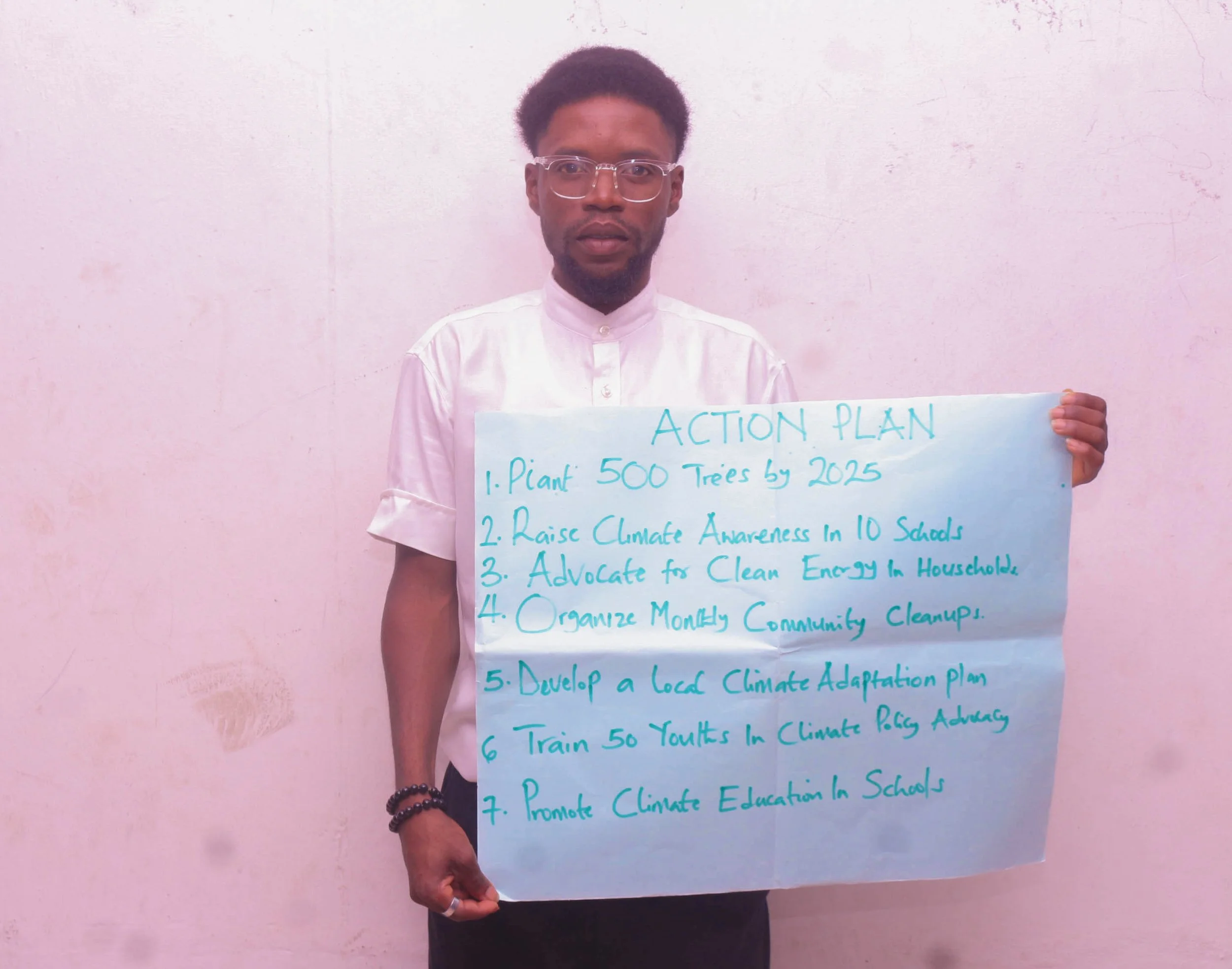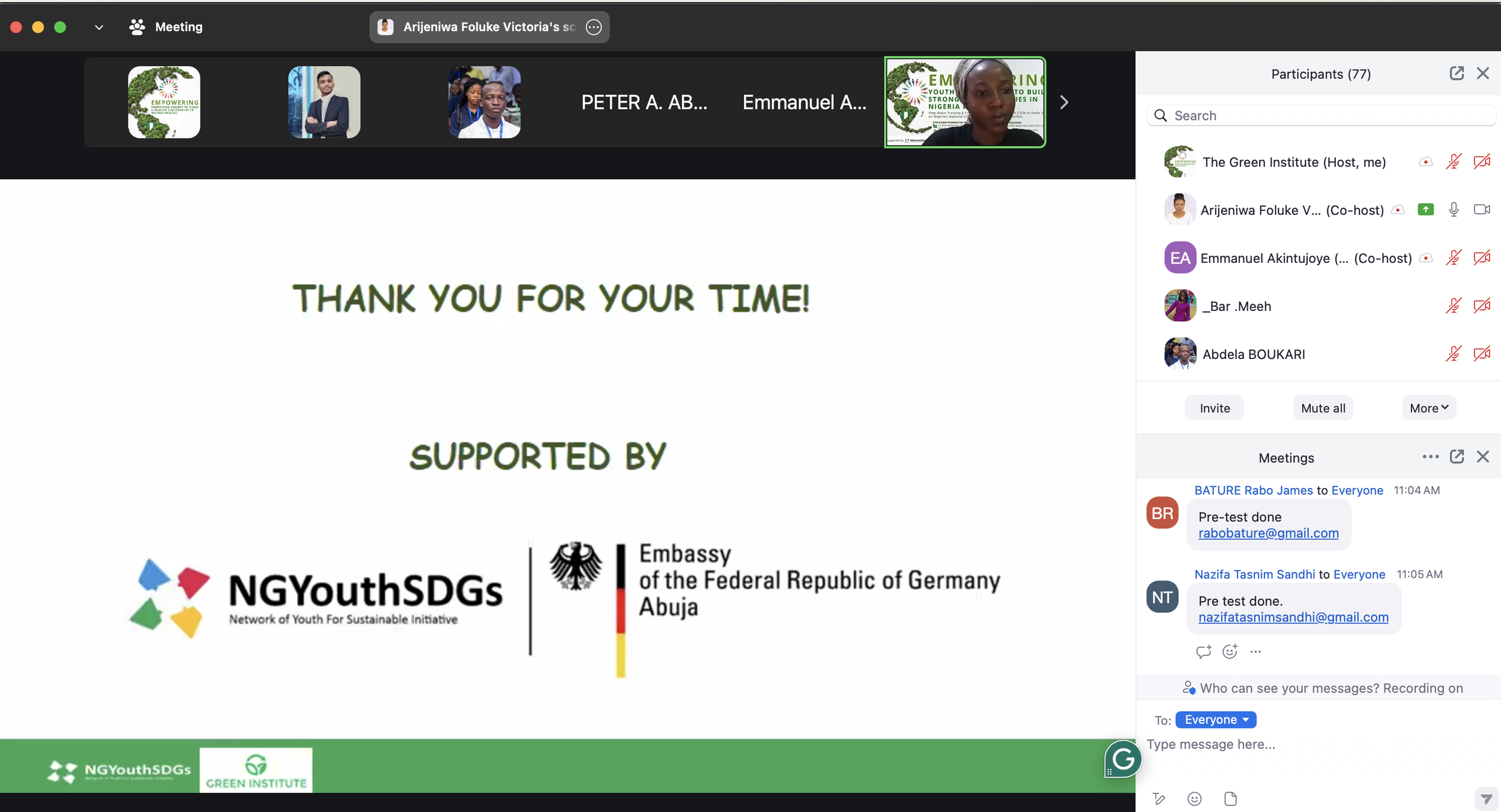Rejina K.C.
Green Fellow 2024
Once upon a time, in a world grappling with an escalating climate crisis, countries around the globe came together with a common goal: to prevent the global temperature from rising more than 2°C above pre-industrial levels—and ideally, to limit it to 1.5°C. This ambitious target, the result of years of negotiation, culminated in the Paris Agreement of 2015—a landmark accord and a beacon of hope in the fight against climate change.
Key Pillars of the Paris Agreement
Unlike previous climate accords, the Paris Agreement adopted a bottom-up approach through Nationally Determined Contributions (NDCs). Instead of binding top-down regulations, it empowered countries to set their own climate goals based on national circumstances. While the agreement lacks strict enforcement mechanisms, it relies on transparency, periodic review, and global cooperation to drive progress.
The agreement acknowledges the critical role of major emitters while recognizing the unique challenges faced by developing nations. It aims to address mitigation, adaptation, climate finance, and regular updates of NDCs every five years. Since its inception, various national policies—like the European Green Deal and China’s carbon neutrality pledge—have emerged in response.
Let’s explore how some countries are faring in their commitments:
Country Highlights: Progress and Challenges
European Union
Commitment: 55% emissions reduction by 2030, net-zero emissions by 2050.
Progress: Currently at around 24% reduction.
Challenges: Internal disagreements, e.g., Poland’s reliance on coal, slow down unified action. However, coordinated efforts are ongoing to meet targets.
China
Commitment: Peak emissions by 2030, carbon neutrality by 2060.
Progress: Leading in solar and wind energy investment.
Challenges: Persistent coal dependency undermines its climate goals.
Indonesia
Commitment: 29% emissions reduction by 2030 (41% with international support).
Progress: Forest conservation and renewable initiatives underway.
Challenges: Deforestation remains a serious concern, making progress uneven.
United Kingdom
Commitment: 68% emissions reduction by 2030, net-zero by 2050.
Progress: On a clear pathway, with substantial reductions achieved.
Challenges: Political consistency and energy pricing are ongoing concerns.
United States
Commitment: Varied due to policy changes.
Progress: Rejoined the Paris Agreement under the Biden administration.
Challenges: Withdrawal under President Trump caused setbacks and global uncertainty about U.S. leadership on climate.
Nepal
Commitment: 20% GHG emissions reduction by 2030 (up to 40% with support).
Progress: Strong emphasis on adaptation, given its limited industrial emissions.
Challenges: Equitable access to climate finance and its efficient mobilization remain key issues.
Tracking Progress: Tools and Accountability
Organizations like the Climate Action Tracker (CAT) evaluate countries based on their NDCs and actual policy implementation. CAT rates progress from “Critically Insufficient” to “1.5°C Compatible.” Although no country is currently on track for the 1.5°C goal, some developing countries—including Nepal, Morocco, Nigeria, Chile, Ethiopia, and Norway—are categorized as “Almost Sufficient.”
However, CAT has its limitations:
Only tracks 34 countries and the EU, though this represents 85% of global emissions.
Faces challenges around data availability and political sensitivities.
Major Challenges Undermining the Paris Agreement
Unmet Climate Finance Promises
The long-standing pledge of $100 billion per year in support for developing nations remains unfulfilled, stalling mitigation and adaptation efforts where they are needed most.
The Road to 3°C
Despite the Paris Agreement’s 1.5°C ambition, the world is currently on a path toward 3°C warming. This dangerous gap between pledges and action threatens ecosystems and human security.
Lack of Accountability
While the Paris Agreement is inclusive and flexible, enforcement mechanisms are weak. The largest emitters often avoid accountability, leaving vulnerable nations to face disproportionate impacts.
The Elusive Reality of Climate Justice
Developed countries, responsible for the bulk of historical emissions, have yet to fully acknowledge their moral and financial responsibility. Meanwhile, developing nations in the Global South bear the brunt of climate impacts with limited resources.
Charting the Future: A Call to Collective Action
Imagine the world as a massive ship adrift in turbulent waters. Our destination is unclear, the storm is intensifying, and the leaders steering this vessel—our nations—are moving too slowly. Yet, we still have time to correct our course.
The Paris Agreement provides the map, but it is our collective will and action that will determine the outcome. Achieving climate justice and meeting the NDCs demands:
Urgency and ambition from world leaders.
Accountability for emissions and pledges.
Climate finance that actually reaches those who need it.
Active participation from individuals, businesses, and civil society.
As individuals, we are not powerless. Whether by reducing our carbon footprint, supporting green innovations, or demanding stronger policies, we all have a role to play.
The planet doesn’t belong to governments or corporations alone—it belongs to all of us. Our choices today will shape the world our children inherit tomorrow.
Sources
International Energy Agency (IEA): China’s Energy Policy










